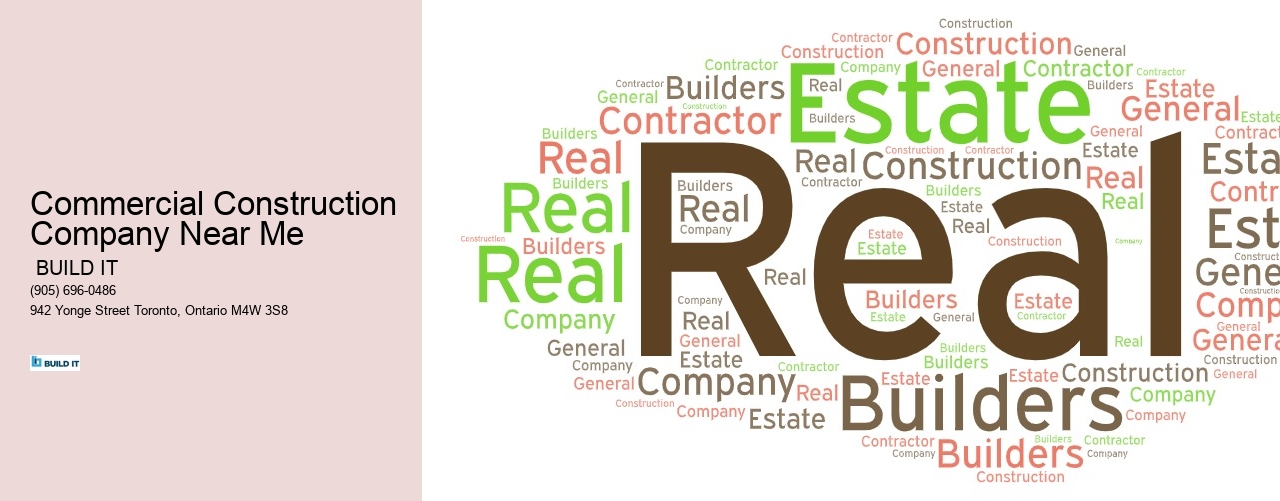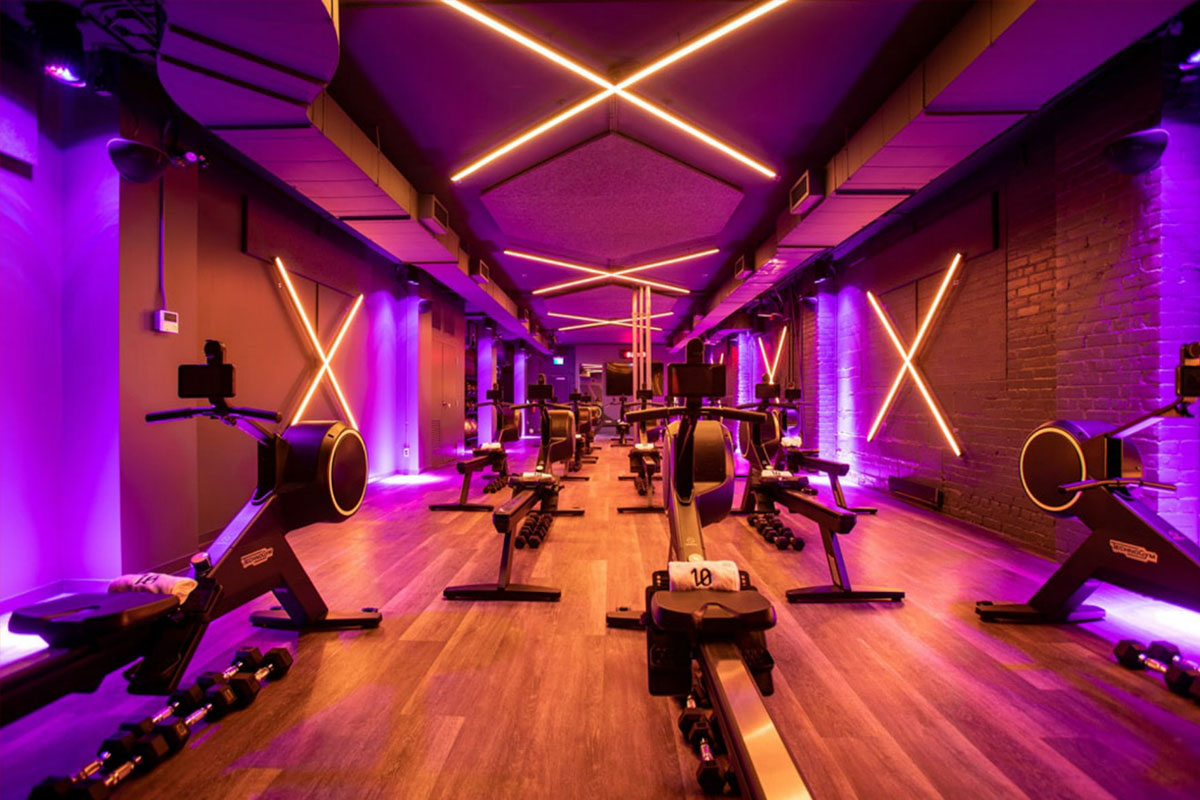

| Local & Regional Commercial Contractors | |
|---|---|
| Commercial Contractors In [Your City] | Trusted professionals delivering top-tier commercial builds in your area. |
| Commercial Contractor Etobicoke | Licensed Etobicoke contractors specializing in business construction. |
| Commercial General Contractor GTA | Expert general contractors for commercial projects throughout the GTA. |
| Commercial Contractors Near Me | Nearby commercial building professionals offering timely service and quality. |
| General Contractor For Commercial | Skilled general contractors managing projects from ground-up to finish. |
At BUILD IT Toronto, we design and build purpose-driven commercial and industrial spaces that help businesses flourish in one of Canada’s most fast-paced cities. Our expertise in quality construction, coupled with a collaborative approach, makes us the go-to partner for entrepreneurs and national brands alike. From retail and hospitality on Queen West to medical offices in North York and logistical facilities in Scarborough, our work can be seen across the city—and we’re just getting started.
We’re more than general contractors—we’re end-to-end builders. Our services span pre-construction planning, permit coordination, full design-build execution, and final delivery. Keeping the entire process under one roof lets us work more efficiently and communicate more clearly—ensuring your project stays on time and within budget.
With deep roots in Toronto, we understand the local challenges—from intricate zoning regulations to working in high-density environments. Our experienced teams have delivered successful builds across the GTA, including in Mississauga, Etobicoke, Vaughan, and the city core.
We bring this local knowledge to every sector we serve: restaurants, retail stores, healthcare clinics, office spaces, industrial builds, and franchise expansions. Every project is guided by strict safety standards and building codes, while also being thoughtfully designed for day-to-day use.
What truly sets us apart is how we treat our clients. We see each project as a partnership, listening first and tailoring our strategies to your needs. Real-time tools keep you informed, while our experienced team ensures quality and clarity throughout.
If you’re planning a build or renovation in Toronto, choose BUILD IT Toronto for a space that’s functional, stunning, and built for success. Let’s build something exceptional—together.

Commercial construction is a broad field that encompasses the building and leasing of spaces within the commercial sector, including offices, retail centers, warehouses, and industrial buildings. These projects are typically designed to generate income for owners or investors. Residential construction, on the other hand, focuses on housing individuals or families and includes single-family homes, apartments, condominiums, and townhouses. The purpose of each type dictates unique approaches to planning and design — commercial projects must consider factors like foot traffic and parking space for customers while residential builds prioritize comfort, privacy, and practicality for living.
The choice of materials in commercial construction often leans towards durability and adherence to stricter building codes due to higher public usage. Steel frame structures are common in skyscrapers or large shopping complexes for their strength. In contrast, residential construction frequently employs wood framing due to its cost-effectiveness and aesthetic appeal for smaller-scale buildings. Design complexity also varies; commercial projects may require sophisticated architectural designs that incorporate advanced mechanical systems for elevators or escalators as well as specialized infrastructure like loading docks or refrigeration units in warehouses.
Navigating legalities presents distinct challenges in both sectors. Commercial contractors must adhere to a stringent set of local zoning laws, building codes, fire regulations, Americans with Disabilities Act (ADA) requirements among others that dictate how a structure can be used commercially. These regulations ensure public safety in environments where people work or shop. Residential constructions comply with less rigorous standards but still follow important guidelines ensuring dwellings are safe and habitable with proper electrical wiring, plumbing systems, insulation levels among other considerations.
Economically speaking, the scale of investment differs significantly between the two types of construction. Commercial projects generally involve more stakeholders including developers, investors
The success of a commercial construction project hinges significantly on selecting an appropriate project delivery method. This choice impacts every aspect of the process, from design and planning to construction and completion. There are several methods available, each with its own set of advantages, contractual relationships, and risk allocations. Understanding these different approaches is crucial for owners, architects, contractors, and stakeholders to align their interests and ensure a streamlined execution.
One of the most common project delivery methods is Design-Bid-Build (DBB). In this traditional format, the owner contracts separately with a designer or architect to create the project's specifications and then solicits bids from contractors to execute the work. The contractor with the winning bid is responsible for completing the construction. While DBB allows for clear specifications and competitive bidding which can lead to cost savings, it often results in a longer timeline since design and construction occur sequentially rather than concurrently.
In contrast to DBB, Design-Build (DB) offers a more integrated approach by combining design and construction services under one contract. The owner engages a single entity that both designs and constructs the project. This method fosters collaboration between designers and builders from an early stage, potentially reducing misunderstandings and delays. It also allows for faster project delivery since design and construction phases can overlap.
Another method growing in popularity is Construction Manager at Risk (CMAR), where the construction manager acts as a consultant during the design phase before becoming responsible for construction. Unlike traditional methods where responsibility is rigidly defined, CMAR provides flexibility as the manager works closely with both owner and architect throughout all phases of the project. The "at risk" component refers to their commitment to deliver within a guaranteed maximum price (GMP), sharing more financial risk but also providing potential cost certainty for owners.

State licensing, bonding, insurance, and experience in commercial codes and safety standards are required.
Offices, retail centers, restaurants, warehouses, healthcare facilities, schools, and more.